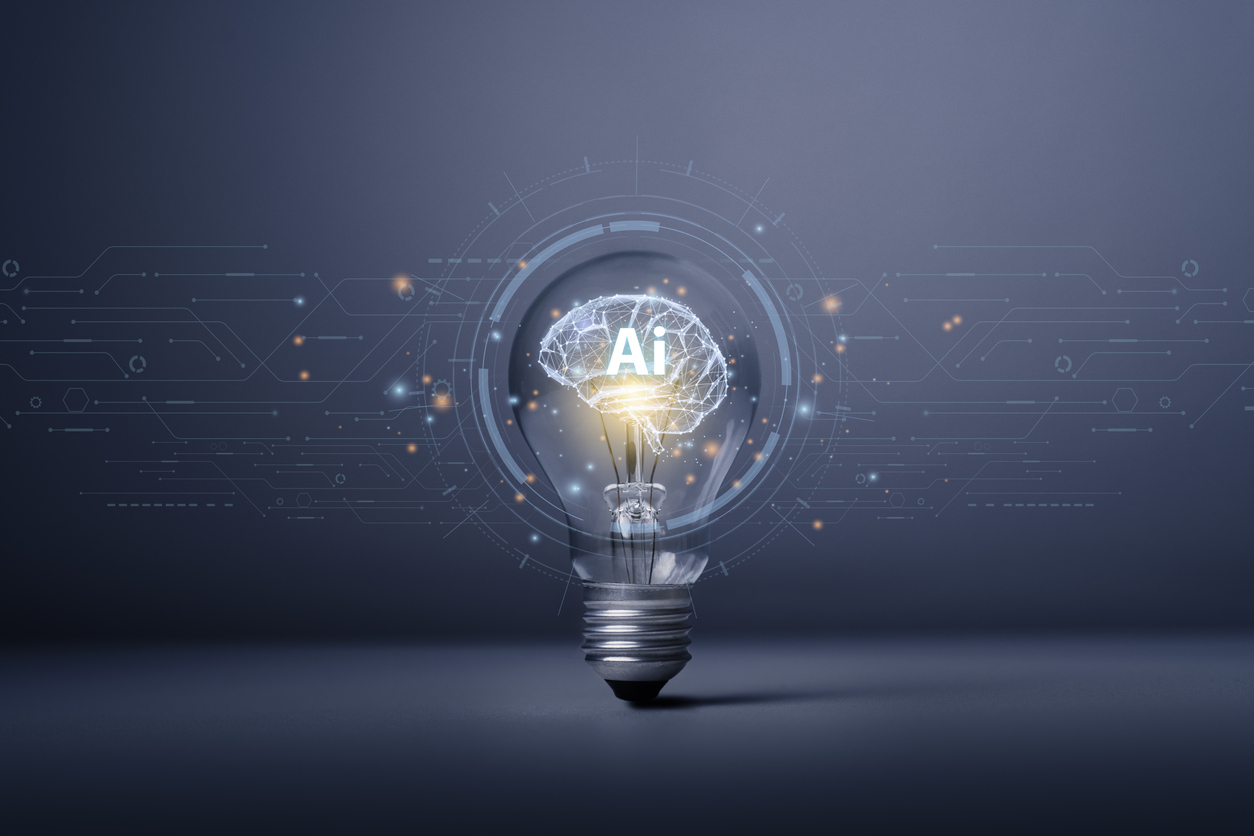How to use AI in employee recruitment and retention
Machine learning can help streamline these processes without taking humanity out of the equation.

Although much of the chatter around artificial intelligence today focuses on its encroachment into creative pursuits — writing, image and video generation — savvy business leaders and comms pros are eyeing the ways advancements in this tech can level up operations.
AI and automation can help even the most human-centric pros in an organization, the HR and comms teams, recruit and retain top talent. It’s an interesting juxtaposition — a non-human intelligence entity helping create a better environment for people to find and start new jobs. Still, in the right human hands, it can be effective.
Artificial intelligence in a human process
Job hunting is tough. It can be humbling, empowering and demoralizing in equal measures, and it can stir many positive and negative emotions. But there are ways AI can help HR pros make the process a little easier for recruits and recruiters alike.
According to David Quinones, senior vice president of editorial and content for RockOrange, there’s lots of potential in how AI makes reaching out to potential new hires easier for HR and comms pros, but the process requires keen oversight and clearly defines processes. And critically, bots shouldn’t be the only ones interacting with candidates.
“Talent acquisition has already become a very inscrutable and maddening space — anyone who’s tried to get a job in the past few years knows the uncertain, Kafkaesque feeling of dumping your hopes, dreams and personal information into a black hole,” Quinones said. “As a hirer, don’t add to that mass of ennui.”
Some of the AI processes HR and comms can use in recruitment include automating responses to candidates, setting interview invites, and running large-scale background checks. But with large companies including Eli Lilly and Cargill reporting issues with AI automated processes at their rollout, there need to be watchful human eyes monitoring everything.
“Anything that involves direct communication with candidates should remain in human hands,” he said.
Using AI to build the recruiting pipeline
AI isn’t just helpful in getting candidates in the door — it can help you identify the right type of candidate you’re looking for. While automation has been present in AI recruiting tools since the early aughts, the increasingly frequent reports of organizations wielding AI irresponsibly in recruitment have reminded recruiters that AI can form biases based on the input it’s given.
“AI can help recruiters build pipelines and identify people with unconventional skill sets who wouldn’t be found through simple keyword searches,” said Jeff Beringer, chief AI officer at Golin.
Tools like Textio can help HR pros polish recruitment language for job posts and employer brand content, focusing on eliminating bias, while tools like Beamery manage the talent lifecycle and personalize each candidate’s experience while showing recruiters what teams have skill gaps.
“It’s smart for practitioners using it in the sourcing or hiring process to include priorities such as diversity in prompts, making it clear to systems that suggestions must align with company values including diverse candidate pools,” he added.
Automating processes and increasing retention
And beyond talent acquisition, AI tools can also level up retention strategies. But you can’t just launch into an AI-led employee comms campaign without first carefully considering the state of your organization and how it might impact culture.
Beringer said that in comms and HR, authenticity needs to reign supreme, and that must be the top consideration when speaking with employees. Otherwise, your retention abilities might take an unnecessary hit.
“Companies and leaders should balance the use of AI in communicating with employees with authenticity,” he said. “For example, while AI can quickly summarize points from a CEO town hall for employees, it should never replace the togetherness of a live conversation with people in leadership roles. Organizations should be cautious about applications of AI in content creation that could be viewed as disingenuous.”
To Beringer’s point, turning on an automated notetaker tool like Otter AI or even an integrated feature in Microsoft Teams can quickly summarize the points made in the meeting for deskless workers or otherwise occupied employees, keeping them in the know.
AI also presents an opportunity for communicators and HR pros to experiment with new technological capabilities and tools.
“Our agency is currently vetting an application called Synthesia, a video creation system that uses AI avatars to transcreate written emails, memos or posts into a video,” Quinones said. “I see some utility in this, as we all know that video has become the dominant method of communicating as no one wants more emails, but I also see drawbacks.”
He added that every point of contact is an opportunity to build much-needed trust that can help with retention, and relying solely on AI can waste that trust-building point. While AI tech such as automated messaging reminding employees of either cultural goings-on within the company or notifying them of new employee benefits are great, they need to be curated by humans. This ensures employees feel seen and heard, which in turn can develop a stronger work culture and more loyalty to the organization.
“We must establish clear guidelines of when it is acceptable and helpful to use these methods,” Quinones said.
Sean Devlin is an editor at Ragan Communications. In his spare time he enjoys Philly sports and hosting trivia.








I have used this extensively in researching topics. Want to make sure I still have access to this valuable tool.